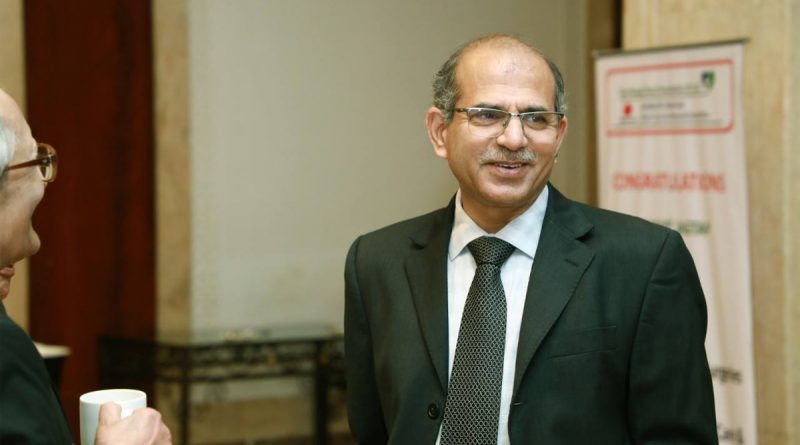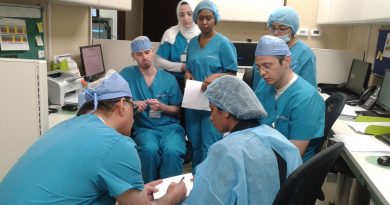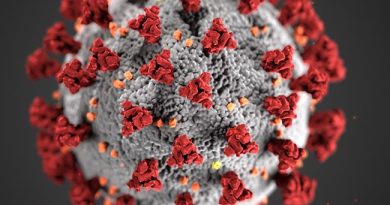Dr Ranjit Jagtap Clinic: How Cardiac Rehabilitation Can Aid in Heart Healing?
Cardiac rehabilitation can help you avoid a second, perhaps more deadly heart attack and develop heart-healthy habits.
For persons who have suffered a heart attack, heart failure, heart valve surgery, coronary artery bypass grafting, or percutaneous coronary intervention, the Ram Mangal Heart Foundation founded by Dr Ranjit Jagtap offers a medically supervised programme.
What is Cardiac Rehabilitation?
Cardiac rehabilitation, commonly known as cardiac rehab, is a systematic strategy to improving quality of life and preventing and lowering recurrence of cardiac events in people who have heart disease.
The goal of a cardiac rehabilitation programme is to help people better their physical, emotional, and functional lives. The steps for early recovery after cardiac events are outlined, as well as recommendations for preventing such events.
An integrated multidisciplinary team of professionals, including cardiac specialists, general physicians, and other health professionals such as trained nurses, dietary consultants, physiotherapists, occupational therapists, psychologists, and pharmacists, oversees the cardiac rehabilitation process.
At Ram Mangal Heart Foundation, Dr Ranjit Jagtap Daughter, Aditi Jagtap is a part of a wider recovery team, providing emotional support as well as physical recovery therapy to patients.
Who would benefit from cardiac rehabilitation?
Patients who have undergone a cardiac incident or treatment benefit from cardiac rehabilitation since it reduces their risk of death and health issues while also increasing their chances of returning to an active lifestyle. Importantly, CR lowers cardiac patients’ hospital readmissions.
Some persons, however, are less likely to begin or complete a cardiac rehabilitation programme, such as:
Women are less likely than males to begin or complete cardiac rehabilitation, according to studies.
Adults in their later years. Following a heart attack, older persons are also less likely to enrol in a cardiac rehabilitation programme. They may believe they are unable to engage in physical activity because of their age, or they may have other medical conditions, such as arthritis, that make exercise more difficult. Cardiac rehabilitation is especially beneficial for older persons who need to address other physical issues, since it helps increase strength and mobility, making daily duties easier.
Things that are done at Ram Mangal Heart Foundation in rehabilitation.
- Examining the patient and getting their medical history.
- Cardiac Rehabilitation Services for Patients.
1) Exercising Your Breathing
2) Spirometer Incentive
3) Physiotherapy for the Chest
4) Discharge Plan – Exercise Program at Home and Lifestyle Changes
- Cardiac Rehabilitation for Outpatients.
1) Patient Assessment
2) Medical Evaluation
3) Patient Education
4) Exercise Prescription
5) ECG Monitoring with Aerobic Exercise
6) Flexibility Training
7) Strength Training
8) Exercises to Improve Balance and Coordination
9) Modification of Risk Factors
10) Psychological Counseling
11) Neurological and Orthopedic Rehabilitation Following Cardiac Surgery
12)Management of Weight Loss (Diet and Exercises)
13) Follow-up and Development
What role does cardiac rehabilitation play in the treatment of heart disease?
- After a heart attack, you should work on strengthening your heart and body.
- It relieves symptoms of heart disease, such as chest pain.
- Developing healthier behaviours such as increasing physical activity, quitting smoking, and eating a heart-healthy diet are all important. A nutritionist or dietitian can assist you in limiting foods high in harmful fats and increasing your intake of fruits and vegetables rich in vitamins, minerals, and fibre.
- Stress reduction.
- Increasing your happiness. Following a heart attack, people are more prone to become depressed. Cardiac rehabilitation can aid in the prevention or alleviation of depression.
- Increasing your energy and strength to make daily tasks like grocery shopping and stair climbing simpler.
Conclusion
Cardiac illnesses have a significant impact on a person’s physical, mental, and emotional health. Every element of the person’s life is hampered by constraints. Moreover, cardiac rehab is a medically supervised, patient-centered, and individually tailored programme that can help you overcome or manage your limitations.
The programme usually lasts three months, during which time the participant learns about heart disorders, their symptoms, and how to cope with them. Individuals follow a closely monitored exercise programme, and the chance of disease recurrence is greatly reduced. Through cardiac rehabilitation, the person’s overall quality of life improves, says Aditi Jagtap Pune.




